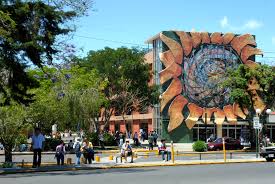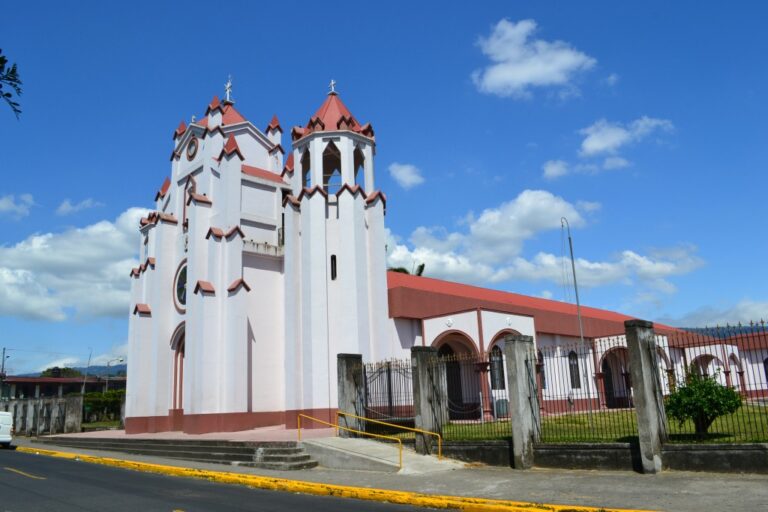The Costa Rican economy is experiencing one of its best moments in recent years. According to official data from the Central Bank of Costa Rica (BCCR), the country recorded a year-on-year growth of 4.8% in the Monthly Index of Economic Activity (IMAE) in August 2025, representing the highest rate in more than two years. This economic rebound has sparked optimism among analysts, entrepreneurs, and workers, who recognize the key drivers behind this positive trend.
Engines of Growth: The Key Role of Free Trade Zones
The free trade zone regime has been the main driver of national growth. These special areas recorded a remarkable 18.1% increase in activity during the analyzed period, contributing 54% of total growth. Sectors such as medical manufacturing, machinery, and metals stand out in this export-driven expansion.
PROCOMER highlights that free trade zones now generate approximately 15% of Costa Rica’s GDP, account for a significant share of exports, and provide direct or indirect employment to around 265,000 people. Moreover, this regime fosters innovation, social mobility, and creates a spillover effect that benefits numerous local suppliers.
Booming Services and Economic Diversification
The services sector is also showing strong momentum. The BCCR reports a 4.4% growth in this area, with an outstanding leap in professional and administrative services (7.8%), as well as in transportation and storage (6.2%) and financial intermediation (3.7%). These figures demonstrate that Costa Rica’s economy is becoming increasingly diversified and built on solid pillars beyond traditional productive sectors.
Domestic Regime: Challenges in the Local Market
In contrast, the domestic regime — which encompasses activity geared toward the local market — grew by 2.8%. While it still contributes to overall growth, it faces challenges stemming from the weak performance of industries such as agriculture, processed foods, paper, and glass. This situation has sparked debate about the need to strengthen agricultural and manufacturing value chains to increase their contribution to national development.
Projections and Expert Insights: What to Expect?
Experts consulted by various media outlets estimate that if Costa Rica maintains its pace in export sectors and the dynamism of free trade zones, the country could surpass current projections for the end of 2025 and even consolidate its position as a regional hub for innovation and services. According to BCCR and PROCOMER, expectations point to continued growth in employment and investment, provided that political and legal stability and human capital training are preserved.
Social and Regional Impact
The contribution of free trade zones is not limited to wealth creation. They also promote social development by improving employability, wages, and social mobility, generating opportunities for youth and women across the country. This evolution has strengthened links with domestic suppliers and revitalized regions beyond the Central Valley.
Conclusion: Challenges and Opportunities Ahead
While the outlook is encouraging, the country must still tackle the challenge of further diversifying its economy and integrating less dynamic sectors. Attracting new investments, fostering innovation, and strengthening regional value chains will be key to sustaining progress.
The question arising from this promising moment is clear: How can Costa Rica turn its current success into a sustainable platform for future generations? The answer lies in joint efforts across all sectors, maintaining a long-term vision, and committing to cooperation, education, and equity.


















